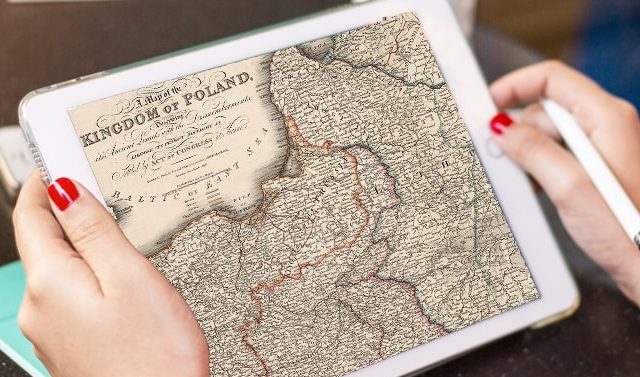Sign up for the Family Tree Newsletter! Plus, you’ll receive our 10 Essential Genealogy Research Forms PDF as a special thank you.
Get Your Free Genealogy Forms
"*" indicates required fields
If you have Polish ancestors, the country’s historical partitions and border changes have probably presented some genealogy research challenges. Here’s an example of why:
- If your ancestors lived in eastern Poland, records from 1868 to 1917 will be in Russian. Records from 1808 to 1868 generally should be in Polish.
- As for western Poland, controlled by Germany while Russia ruled the east, records generally will be in German or Latin (the language used by the Catholic Church), although you may find some in Polish.
- In Galicia, the part of the partition ruled by Austria, most records will be in Latin, although some will be in German and Polish.
- The present is almost as confusing: Poland had 49 wojewodztwo, or provinces, until a January 1999 reorganization. There now are 16. The old provinces frequently had a city with the same name as the province.
In our Polish Genealogy Crash Course webinar on Thursday, April 24, Eastern European genealogy expert Lisa A. Alzo will show you US records to help you locate your immigrant ancestor’s town or village in Poland, what Polish records you should look for, and the leading websites and library resources for tracing Polish roots.
You can learn more about the Polish Genealogy Crash Course and register at Family Tree Shop.
You’ll also want to explore the Polish genealogy websites on this list, and bookmark this chart of Polish-language genealogy terms.




